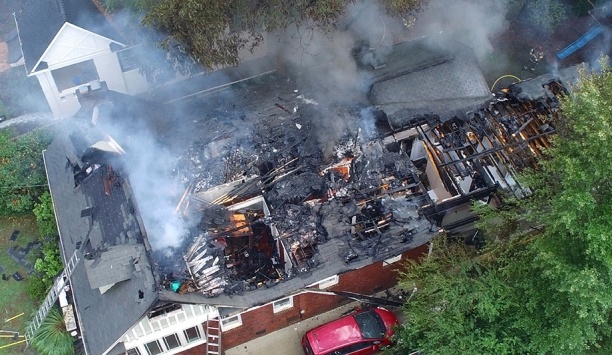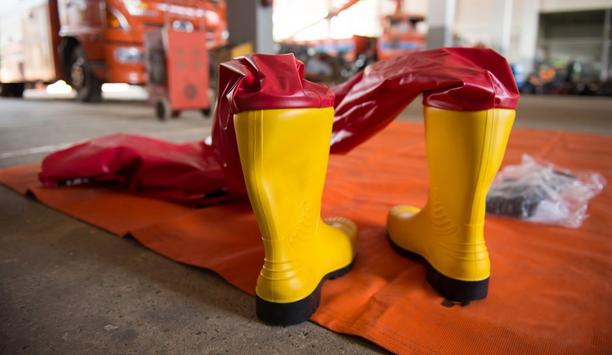Active Fire Protection (AFP) - Editor's Dispatch
For the last 200 years, firefighters have been using inefficient manual methods to track their crews’ movement. Incident commanders need to know the location and status of responders on site. Technology adds a new element to tracking crews’ movements. Firefighters on scene can now be electronically tracked to ensure they are rotated out of danger before their allotted time expires. The officer in charge – standing outside the scene with the rugged tablet in hand – can mo...
The dangers of firefighting make it unfriendly to the concept of the learning curve. Before they put their lives on the line, firefighters should have knowledge and experience. But gaining knowledge and experience in the firefighting environment presents its own dangers. Virtual reality (VR) is an emerging tool for training in the fire service. Recreating the firefighting experience realistically in a virtual world is a useful – and safer – alternative to on-the-job training. It is...
Drones are an important new tool for the fire service and have already proven their ability to save lives. Willingness to embrace drones (or unmanned aerial vehicles [UAVs]) for fire applications varies widely by department, and it’s not just larger departments that are making the investment. Some smaller departments are investing in drones in a big way, even as some larger departments are reticent. Firefighting Drone Programs Departments may start with a small drone just to “try i...






